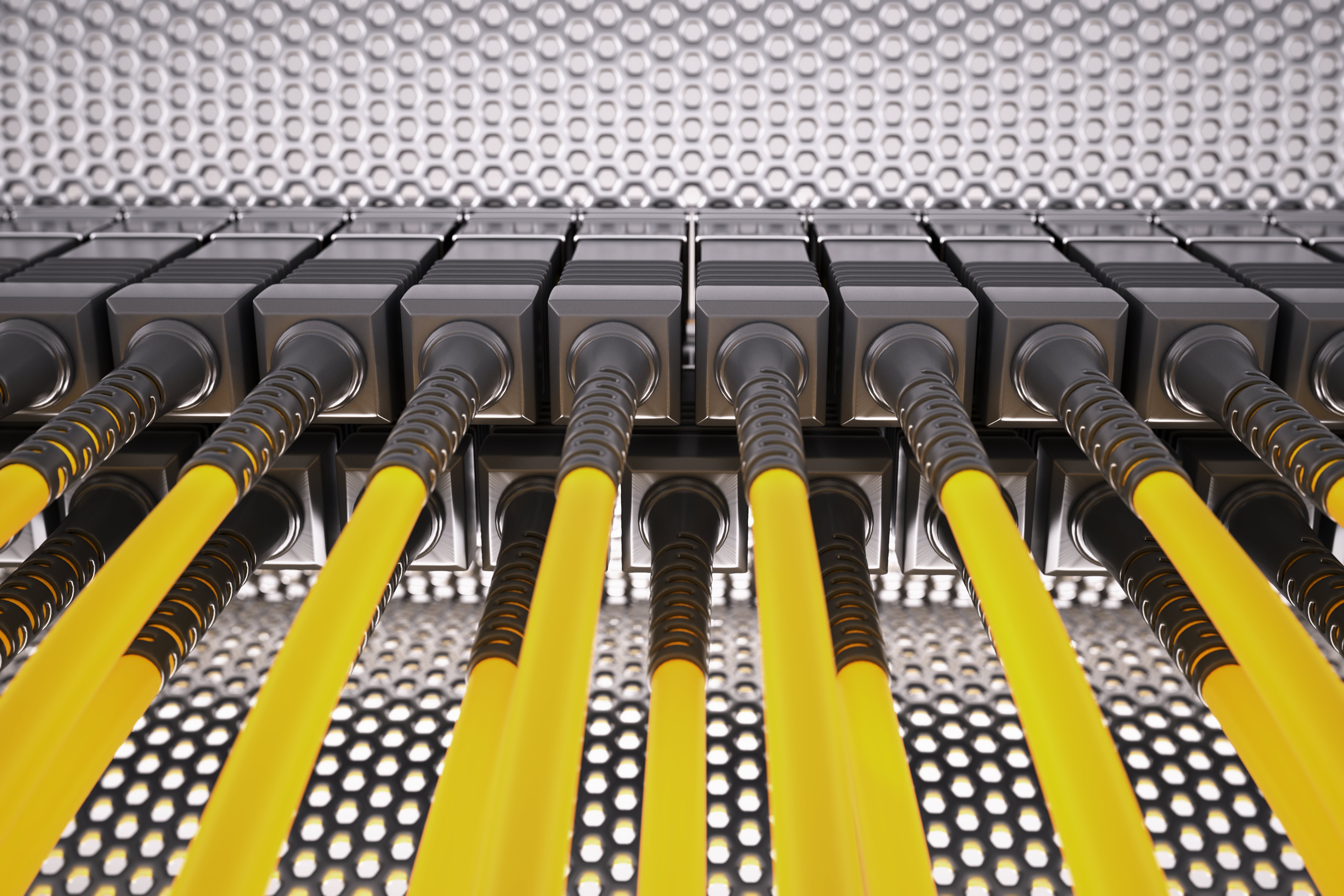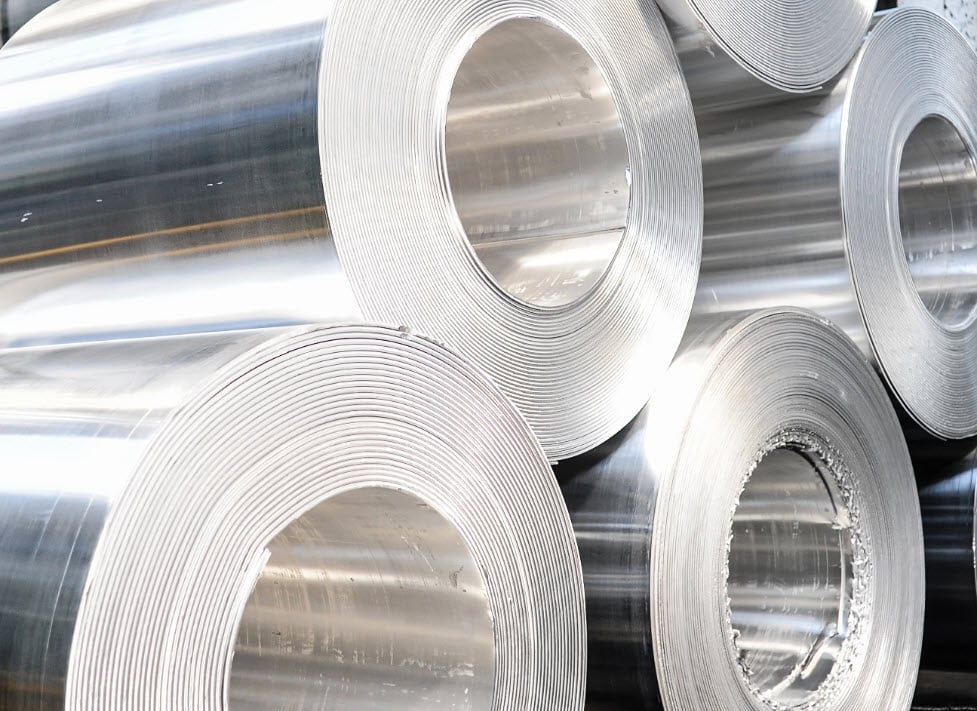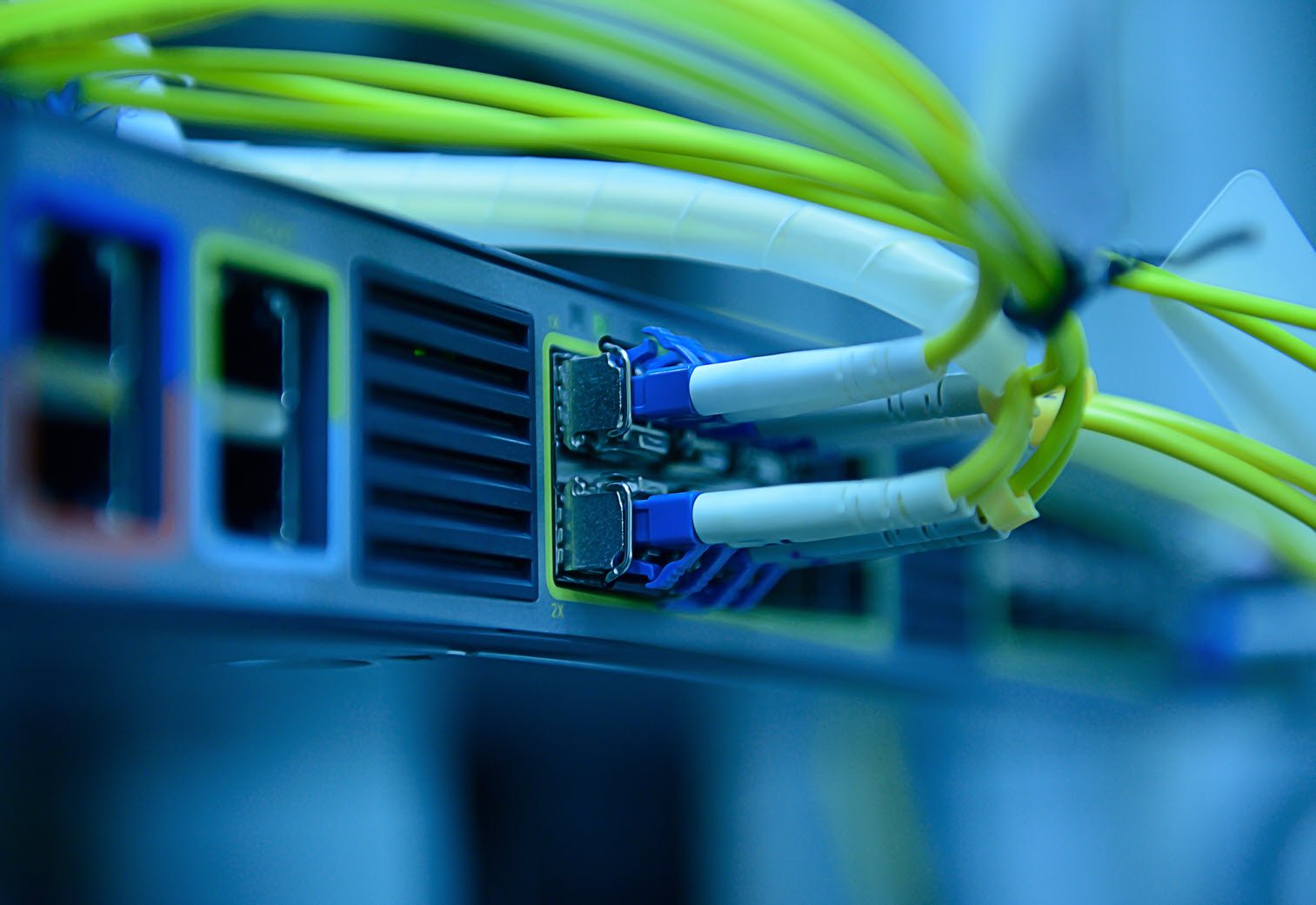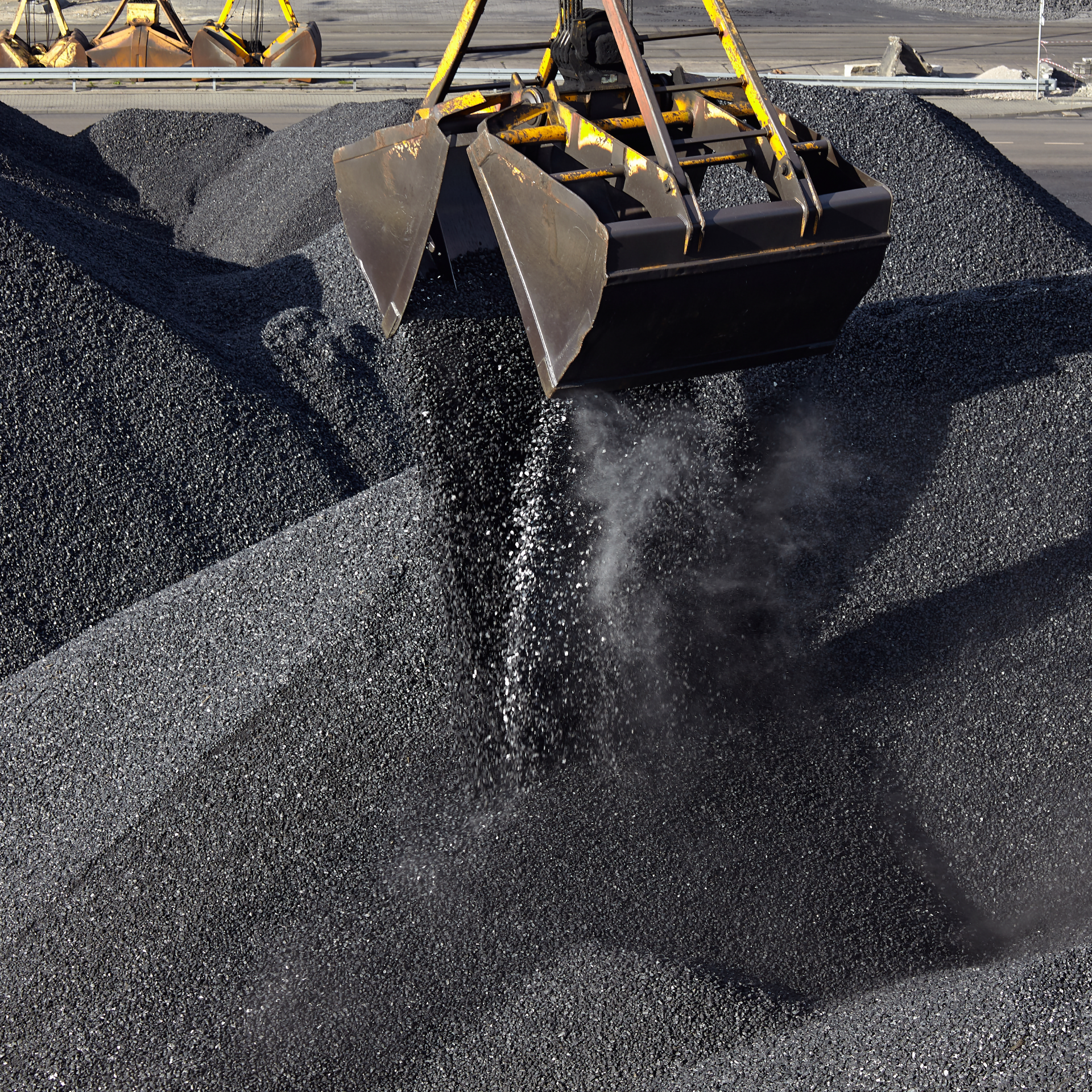The burying of electricity transmission and distribution cables underground is an option which provides safety, reliability and aesthetic benefits. There is an increasing pressure to selectively underground lines in many places due to the growing risk of climate and weather-induced outages and the challenge of servicing increasingly densely populated urban areas.
Undergrounding cables can typically result in capital expenditure (CAPEX) costs between three to seven times more compared to traditional overhead power lines, but it typically results in lower operating costs (OPEX). In recent years, a number of studies have helped to quantify the total lifecycle costs for both the construction of new underground lines and the conversion of existing overhead infrastructure.
In this Insight, we discuss the major drivers of undergrounding in the United States and in which cases it is the most cost-effective solution, a critical component in country where 72% of customers are served by investor-owned utilities companies.
Legal action increases the pressure to underground
Historically, the United States has had ample room for overhead electricity lines, negating the need for costly undergrounding. Most US electricity wires were installed during the great depression as part of Roosevelt’s Rural Electrification Act which started in 1936.
At present, 20% of the United States’ electricity distribution is underground. Multiple small utilities companies have had long-standing underground ordinances such as in Ft. Collins, Colorado Springs and Anaheim. Now, larger utilities such as Pacific Gas and Electric Co. (PG&E), Florida Power & Light Co. (FPL), WEC Energy Group and Dominion Energy have announced long-term, multi-billion dollar undergrounding strategies.
In recent years, the pressures on utilities to underground greater amounts of their transmission and distribution networks has been growing. Most of this pressure is due to several prominent legal cases against utilities companies where electrical infrastructure has been found to be the cause of devastating wildfires. Power outages after hurricanes and winter storms are also a major source of pressure to underground for grid resiliency improvements.
In 2018, a faulty power line in Northern California started a wildfire called The Camp Fire. The wildfire resulted in 85 fatalities and total costs of USD$16.7 billion. In 2019, PG&E reached a settlement of USD$13.5 billion to resolve all claims associated with several Northern California wildfires linked to overhead power lines including the Camp Fire of 2018, the Tubbs Fire in 2017, the Butte Fire in 2015, and the Ghost Ship Fire in Oakland in 2016.
In 2022, the state of California found utilities company PG&E responsible for the Dixie Wildfire of 2021 which burned nearly 1 million acres, destroyed more than 1,300 homes, and is expected to cost a minimum of USD$1.15 billion. State investigators said a “meticulous and thorough investigation” determined the Dixie Fire was sparked by a tree that fell on electrical distribution lines owned and operated by PG&E.
Several multi-billion-dollar initiatives are in the pipeline
In 2021, Pacific Gas and Electric Co., which operates most of California’s electrical supply, announced plans to bury roughly 10,000 miles of their overhead lines in wildfire-risk areas, roughly 10% of its system. The plan is expected to cost between $15 to $30 billion. PG&E said in a statement: “We will do one hundred and seventy-five miles [of undergrounding] this year.” The company added in the same statement that it expected a peak of between 1,200- 1,300 miles a year with a declining unit cost. The utility plans to have 3600 miles (5794 km) of line placed underground by 2026, will bring it one-third of the way to its 10,000-mile (16,093-km) goal.
Wisconsin’s WEC Energy Group’s has undergrounded 2,000 miles (3,219 km) of overhead lines in the last eight years, increasing its percentage underground from 27% to 39%. Meanwhile, customers appear to show high satisfaction and willingness to partly subsidise the undergrounding by having a small monthly bill increase. Replacing overhead lines with underground circuits through WEC projects has led to over 97% reduction in minutes spent in electric outages for the respective areas.
In 2025, Florida Power & Light (FPL) is expected to start spending $1 billion per year on converting overhead laterals to underground, due to the success of its earlier Storm Secure pilot program. FPL have said that two dollars from each customer goes towards its undergrounding campaign. Studies are also ongoing on how underground cables hold up during long periods of complete water inundation, which is common during hurricanes. Initial results seem promising.
Virginia’s Dominion Energy started its strategic undergrounding program after Hurricane Isabelle caused outages for 1.8 million of their 2 million customers in 2003. The electric utility has undergrounded over 1,700 miles (2,736 km) of power lines across the state and aims to bury another 518 miles by 2028.
Consumers may be willing to pay increased short-term costs
The comparative cost of undergrounding can be prohibitive in many regions, particularly those with lower population density, terrain that makes trenching difficult and in areas with lower vegetation maintenance costs. In these scenarios, overhead lines will typically have a lower total cost of ownership over the assets’ lifetime.
In 2019, several investor-owned utilities reported to the California Public Utilities Commission (CPUC) the cost range for undergrounding their existing overhead distribution lines. The utilities included Southern California Edison (SCE), San Diego Gas & Electric (SDG&E) and Pacific Gas & Electric (PG&E).
Installing new overhead distribution infrastructure is much less expensive. The CPUC reports that, on average, installing new overhead distribution infrastructure costs between $634,000- $760,000 per mile ($120-$144 per foot) according to the electric utilities’ Rule 21 interconnection unit cost guides. The cost for constructing new overhead transmission ranges from $1 million to $11 million per mile. In contrast, to convert existing overhead transmission to underground for the IOUs, the cost ranges between $6 million to $100 million per mile.
However, it must be noted that traditional cost comparisons do not account for salvage material value in the conversion process and also do not accurately price legal liability risk into the costs of new overhead transmission lines which has been shown to be meaningful in certain regions.
The above graph outlined the traditional cost comparison to underground existing power lines vs installing new overhead lines, not including salvage value recouperation or legal liability risk
Total costs of installation vary depending on a number of factors including:
- Line rating
- Labour and installation costs
- Terrain and ease of trenching
- Right of way access vs utilising existing rights of way
- Potential for cost recouperation via salvage for undergrounding existing routes
- Vegetation maintenance costs
- Substation and transformer retrofitting or replacement
- Long-term costs of safety liability and litigation
At present, Dominion Energy which serve over 7 million customers, has undergrounded nearly 2,000 miles of power lines of a project that aims to underground 4,000. At present, customers are experiencing an average increase to their bill of $2.50 per month to fund the program.
Undergrounding is more cost-effective in high-risk zones – especially given legal liability
While wholesale undergrounding may be prohibitively expensive, estimated to be at least $80 billion in the state of Virginia alone, the targeted undergrounding of key distribution networks in certain regions can realise significant resiliency benefits. The marginal cost to customers in a thoughtful and selective undergrounding campaign is low, with many customers happy to pay the differential for an improved and more reliable service. A survey by WEC Energy Group found that 47% of customers were willing to pay more on their electricity bill.
Furthermore, the traditional cost comparisons between overhead vs undergrounding power lines often fail to account for a number of key costs. Namely, the salvage material value derived from the conversion process but more importantly, the materially significant financial risk which many companies are finding themselves exposed to – in the form of outages and multi-billion-dollar insurance claims.
Join us at the upcoming CRU Wire & Cable Conference 2023 in Hamburg from 19-21 June, which will focus on energy cables, electrification and the energy transition. To find out more visit the website.

















